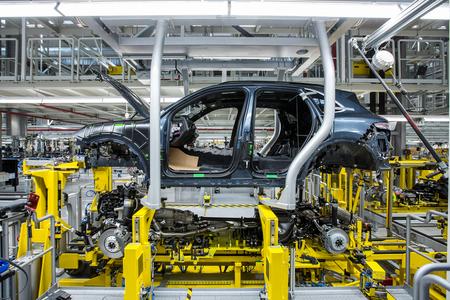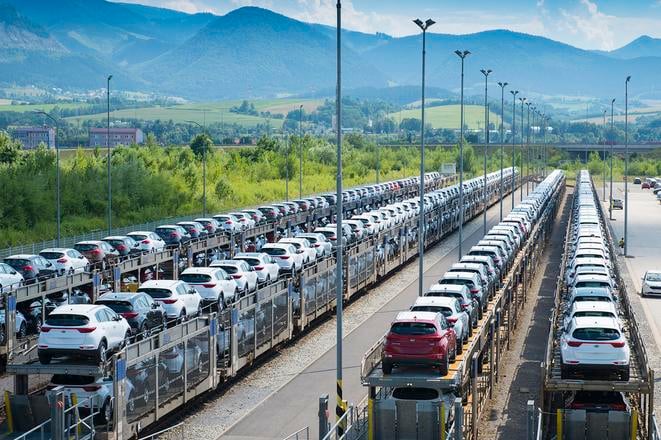This piece has been replaced with a story written by the Spectator’s staff.
Last year, carmakers in Slovakia again exceeded the magical level of one million cars produced, Slovakia still the biggest car producer per capita in the world. But representatives of the automotive sector fear that the accumulated problems regarding the lack of qualified labour, a malfunctioning education system unable to generate a labour force as well as intensifying pressure on higher wages could make Slovakia less attractive for new projects by carmakers. They are pinning their hopes on resolutions, upon which they agreed with the government in late 2017. If these are met, the industry will remain competitive.
“This year will be critical in terms of the sustainability and competitiveness of our economy’s key sector,” said Juraj Sinay, president of the Slovak Automotive Industry Association (ZAP) on January 16, when assessing 2017 in the country’s automotive industry. “If we fail to remove the main barriers in the development of the automotive industry, it won’t be possible to sustain these results for long and this sector’s productivity will take a downward turn.”

The automotive industry is one of the pillars of Slovakia’s economy, accounting for 13 percent of its gross domestic product and 35 percent of its exports. It employs, directly as well as indirectly, more than 300,000 people.
The parameters defining Slovakia’s competitiveness for investors within the automotive industry are starting to near their limits, claims ZAP. As a consequence, suppliers of carmakers are pondering the building of new plants outside Slovakia. The absence of qualified labour may significantly affect decision-making by the managers of carmakers’ parent companies about where to place new investments and the extension of existing ones.
ZAP has identified five main barriers for the further development of the sector. The first is the lack of a qualified labour force and the malfunctioning education system failing to generate the labour force for the industrial sector in general. The low number of workers has caused an increase in wages.
ZAP estimates that the automotive industry will need approximately 14,000 workers by 2020. While it originally expected that it will be primary, the dual education scheme followed by the requalification and import of workers from abroad will generate new labour, now seeing foreign workers as the primary source of the labour force to fill the vacancies.
Thus ZAP requires the government simplifying procedures for employing workers from third countries. In the time being this lasts even as much as six months.
The Labour Ministry is planning a change for selected jobs for which companies are unable to find workers and in districts with the jobless rate below 5 percent.
“In such a case labour offices will issue approving stands for the foreigners’ police automatically,” Branislav Ondruš, state secretary of the Labour Ministry told the private TV network Joj. This change should become effective from the start of May.
Other barriers are social conditions, including measures the government is taking within its social packages; the underdeveloped research and development sector; as well as university education and new technologies in mobility, either alternative flows, connectivity or autonomousness so that Slovakia becomes a more suitable environment for their development.
“These five barriers will or could prevent the development of the automotive industry in Slovakia,” said Sinay.


 Most cars produced in Slovakia head for export. (source: Courtesy of Kia Motors Slovakia)
Most cars produced in Slovakia head for export. (source: Courtesy of Kia Motors Slovakia)